July in Germany wasn’t a fluke: solar PV electricity production in Germany is up 50% over last year. Maybe we hould consider a Feed-in Tariffs (FIT) in Georgia like that in Germany. Unlike the Construction Work in Progress (CWIP) charge on Georgia Power bills for nuclear power people won’t get for years, if ever, FIT charges only apply after solar power is flowing.
Bloomberg Businessweek via AP 5 November 2012, German solar power production up 50 pct on year,
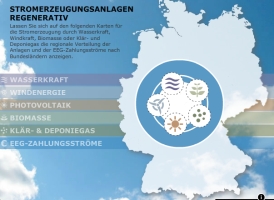
The German utilities’ industry association BDEW said Monday the solar power output rose to 25,000 gigawatt hours in the January to September period, from 16,500 gigawatt hours a year earlier.
It says solar power’s share in the country’s electricity production rose to 6.1 percent from 4.1 percent. Wind power gained slightly to 8.6 percent from 8.0 percent. Biomass plants accounted for almost 6 percent.
It says all renewable energies combined accounted for about 26 percent of electricity production over the first nine months.
Germany decided last year to phase out nuclear power by 2022 and replace it with renewable energies.
 If you’re tired of Georgia Power and its parent Southern Company
pouring your customer and tax dollars down that nuclear pit near
the Savannah River, or if you’d just rather have solar or wind power,
you can send in your CWIP charge as a separate check, with a note on it.
Even if you’re not a Georgia Power customer, you can
contact them or Southern Company (or the GA PSC or the legislature)
about this.
If you’re tired of Georgia Power and its parent Southern Company
pouring your customer and tax dollars down that nuclear pit near
the Savannah River, or if you’d just rather have solar or wind power,
you can send in your CWIP charge as a separate check, with a note on it.
Even if you’re not a Georgia Power customer, you can
contact them or Southern Company (or the GA PSC or the legislature)
about this.
-jsq

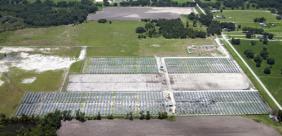
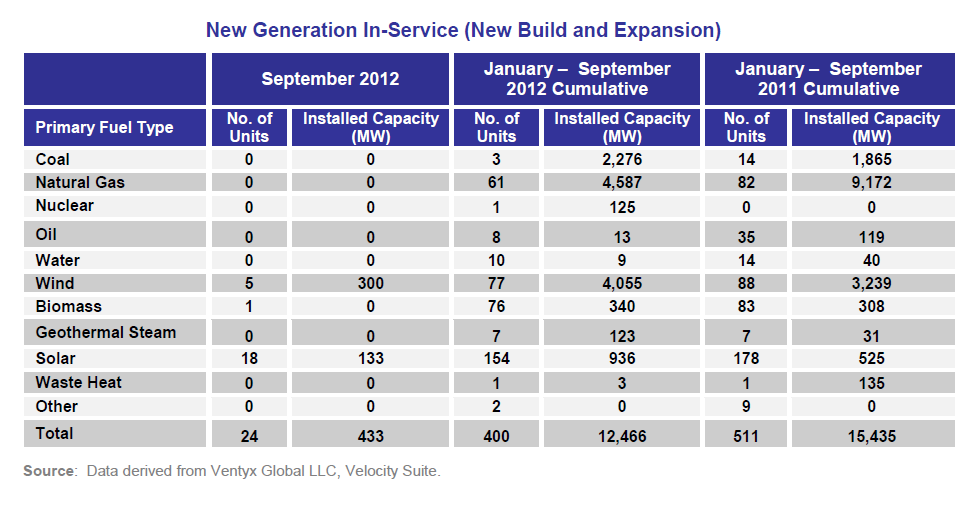
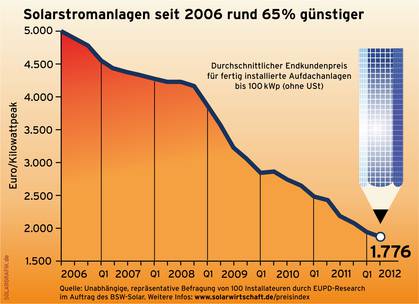
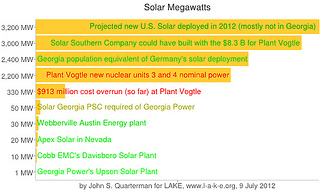
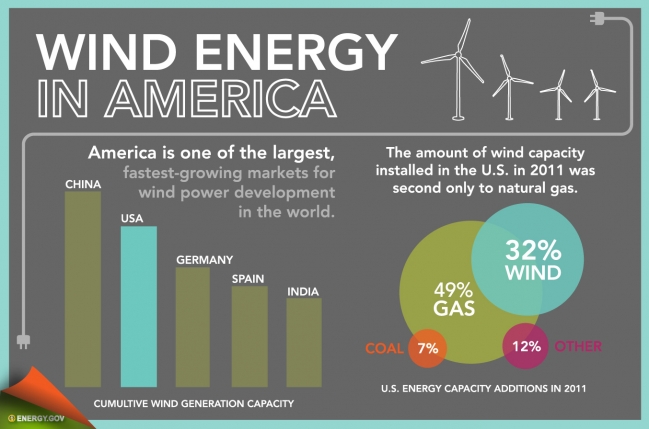








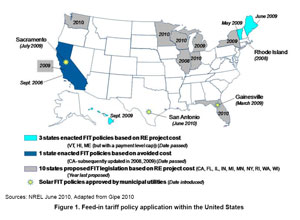

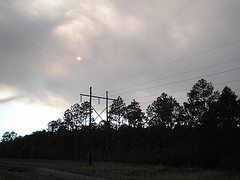 Well, they may not listen, but we the voters have an opportunity right now
Well, they may not listen, but we the voters have an opportunity right now 



